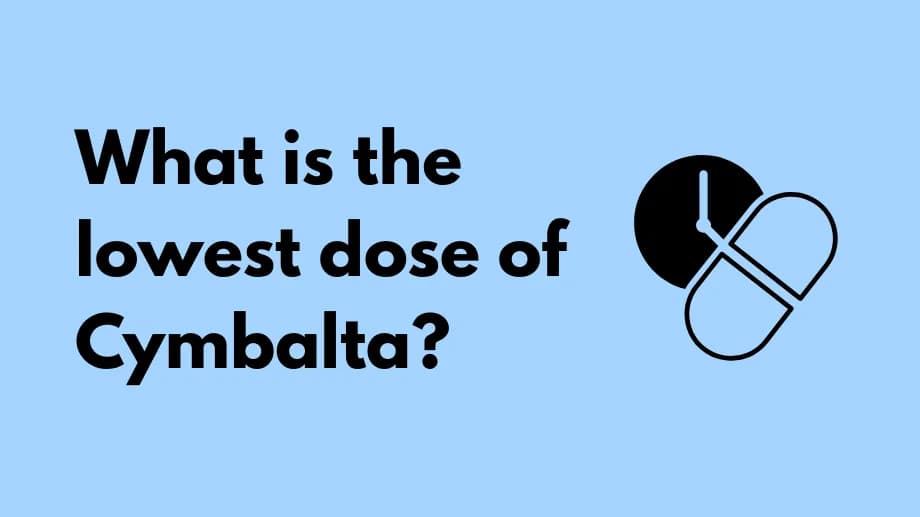What is anxiety?
Anxiety is your body’s normal response to stress or perceived threats. It is a natural part of daily life and can serve as an alert to potential dangers and help you prepare for challenges. However, when anxiety becomes excessive, persistent, or overwhelming, it can interfere with your daily activities and quality of life.
Anxiety disorders are a group of mental health conditions characterized by excessive and uncontrollable worry, fear, or apprehension. Types include generalized anxiety disorder (GAD), panic disorder, social anxiety disorder (social phobia), specific phobias, and other anxiety-related conditions.
What are the different types of anxiety?
- Generalized Anxiety Disorder (GAD): Constant and excessive worry or anxiety that interferes with daily life. Physical symptoms may include restlessness, muscle tension, fatigue, irritability, and difficulty concentrating.
- Panic Disorder: Recurrent panic attacks—sudden episodes of intense fear or discomfort that peak within minutes. Symptoms can include chest pain, heart palpitations, shortness of breath, dizziness, sweating, trembling, and a sense of impending doom.
- Social Anxiety Disorder (Social Phobia): Intense fear or anxiety about social situations, worrying about being judged or embarrassed. Physical symptoms may include blushing, sweating, trembling, and nausea; often leads to avoidance of social events.
- Specific Phobias: Intense, irrational fears of specific objects, animals, situations, or activities, leading to avoidance. Common examples are fear of heights (acrophobia), spiders (arachnophobia), flying (aviophobia), enclosed spaces (claustrophobia), and needles (trypanophobia).
- Agoraphobia: Fear of being unable to escape or get help, typically involving two or more situations such as using public transportation, being in open or enclosed spaces, standing in line or in a crowd, or being outside the home alone.
- Separation Anxiety Disorder: Excessive fear or anxiety about separation from people you are close to. Common in children but can occur in adults, sometimes causing nightmares or physical symptoms like headaches or stomachaches.
- Selective Mutism: Failure to speak in specific social situations despite speaking in other settings. Typically occurs in children around age 5 and is often linked to social anxiety or extreme shyness.
What causes anxiety?
Anxiety disorders can arise from a combination of factors:
- Genetics: Family history of anxiety disorders increases risk.
- Brain chemistry imbalances: Neurotransmitters like serotonin, dopamine, and GABA play a role.
- Environmental factors: Traumatic or stressful life events, chronic stress, or childhood adversity.
- Personality traits: Perfectionism, low self-esteem, or high sensitivity to stress.
- Medical conditions: Thyroid disorders, heart disease, respiratory issues, chronic pain, and certain medications or substances (caffeine, alcohol, illicit drugs).
- Gender: Women are more likely than men to experience certain anxiety disorders.
What are the symptoms of anxiety?
- Excessive worry about health, finances, work, relationships, and other concerns.
- Physical symptoms: rapid or irregular heartbeat, chest pain, shortness of breath, trembling, sweating, dizziness, stomach discomfort, muscle tension, headaches, fatigue.
- Restlessness or irritability.
- Difficulty concentrating or mind going blank.
- Insomnia: trouble falling or staying asleep due to racing thoughts or physical discomfort.
- Avoidance behaviors: avoiding situations that trigger anxiety.
- Panic attacks: sudden intense fear with physical symptoms and a sense of losing control.
- Social anxiety: fear of social or performance situations, worry about embarrassment or judgment.
How is anxiety diagnosed?
- Medical history review: assessment of symptoms, duration, severity, and family history of mental health disorders.
- Diagnostic criteria: use of DSM-5 criteria by healthcare providers to identify specific anxiety disorders.
- Clinical interviews: detailed interviews to understand symptom patterns, triggers, and co-occurring conditions.
- Standardized screening tools: questionnaires like the GAD-7 or HAM-A to quantify symptom severity and track progress.
- Physical exam and lab tests: to rule out medical conditions (e.g., thyroid tests, blood work).
- Differential diagnosis: distinguishing anxiety disorders from other mental health conditions such as depression, PTSD, or OCD.
How is anxiety treated?
Treatment is personalized based on the type and severity of the disorder and may include:
Psychotherapy
- Cognitive-Behavioral Therapy (CBT): identifies and changes negative thought patterns and behaviors; includes exposure therapy.
- Exposure Therapy: gradual, controlled exposure to feared situations to reduce avoidance.
- Mindfulness-Based Therapies: practices like MBSR and ACT to improve coping and reduce stress.
Medication
- SSRIs: antidepressants effective for GAD, panic disorder, social anxiety, and OCD.
- SNRIs: increase serotonin and norepinephrine to alleviate anxiety symptoms.
- Benzodiazepines: short-term relief for severe symptoms or panic attacks; risk of dependence.
- Buspirone: anti-anxiety medication for GAD affecting serotonin and dopamine.
- Beta-blockers: reduce physical symptoms such as rapid heartbeat and trembling.
Lifestyle Modifications
- Regular exercise: promotes relaxation, improves mood, and reduces stress.
- Healthy diet: balanced nutrition supports physical and mental health.
- Stress management techniques: deep breathing, progressive muscle relaxation, meditation, yoga, guided imagery.
- Limiting caffeine and alcohol: these substances can worsen anxiety and affect sleep.
- Support groups: peer support provides encouragement and coping strategies.
- Self-help practices: adequate sleep, routine, hobbies, setting boundaries, and prioritizing relaxation.
Work closely with mental health professionals to develop and adjust a personalized treatment plan. Regular follow-up and monitoring are essential for long-term management.
Sources
- Anxiety disorders. National Institute of Mental Health. Accessed Apr. 2, 2024.
- Anxiety disorders. National Alliance on Mental Illness. Accessed Apr. 2, 2024.
- What are Anxiety Disorders? American Psychiatric Association. Accessed Apr. 2, 2024.
- Anxiety Disorders. Anxiety and Depression Association of America. Accessed Apr. 2, 2024.







